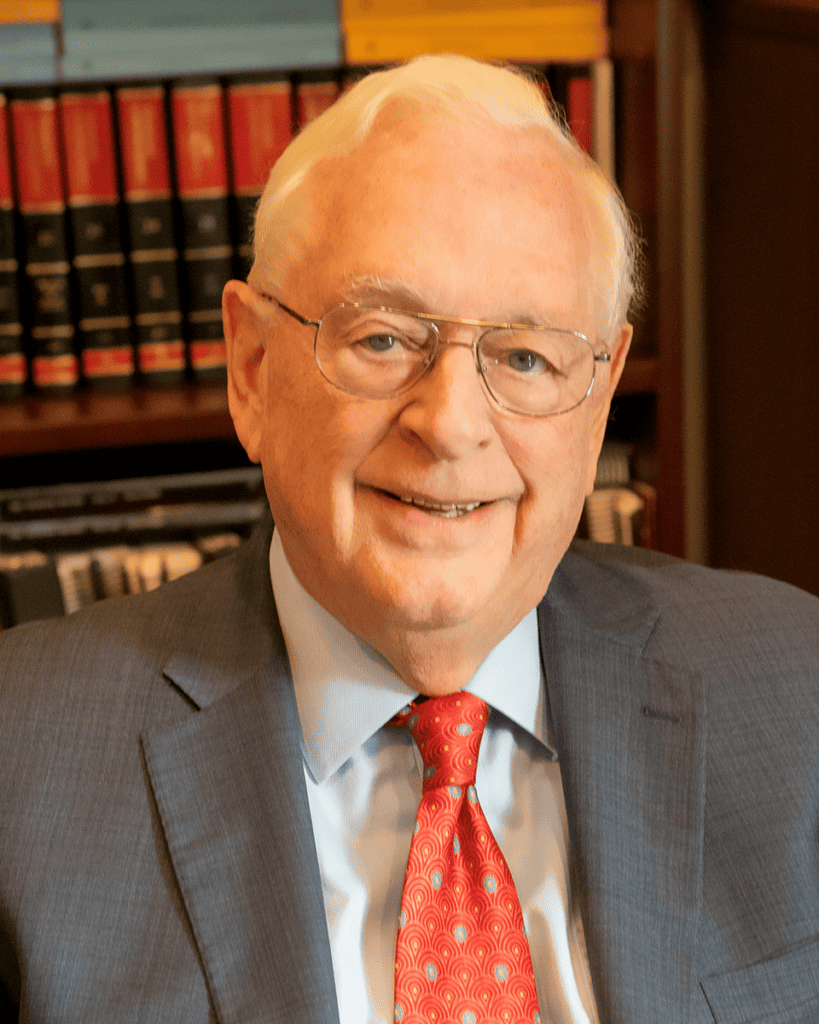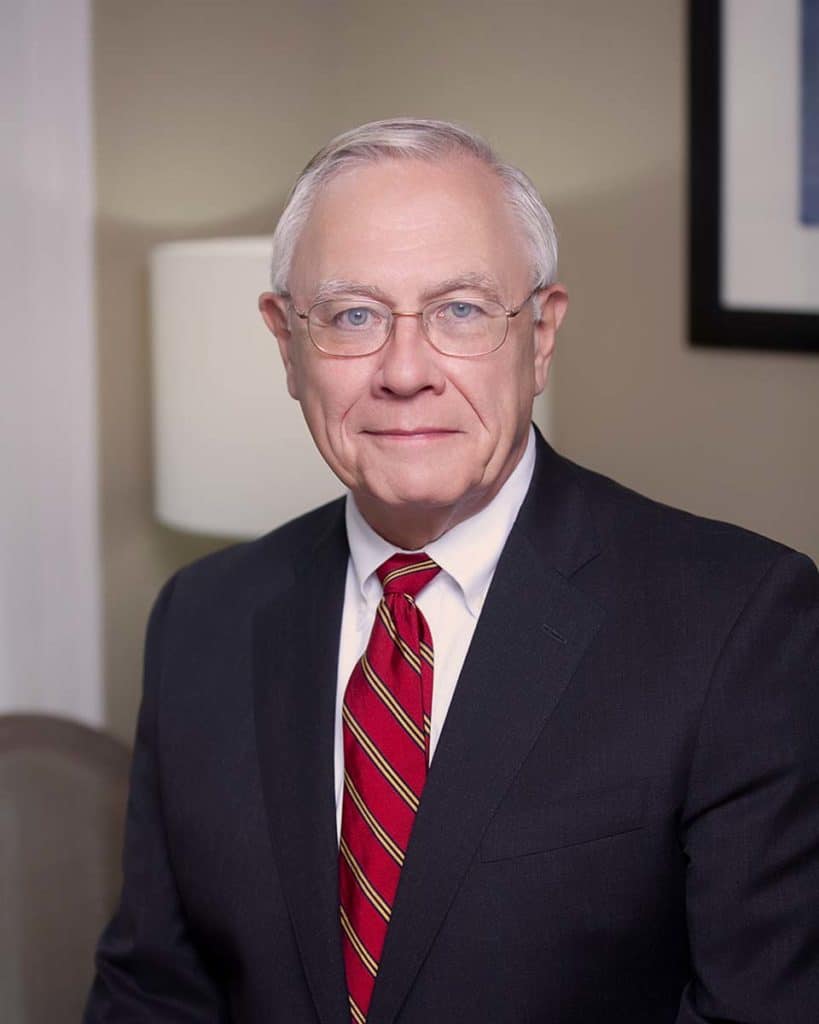Vicarious Liability Issue Decided, Concludes 12 Years of Litigation
The opinion in Beard v. Branson was published over thirteen years after the wrongful death at issue in the case. While this is a long post, it is a fascinating glimpse into the hurdles a layperson can face in navigating the healthcare system.
Background
On September 13, 2004, Ruth Hartley received colon surgery at Trinity Hospital, with Dr. James William Branson as her surgeon. Prior to surgery, Trinity employees presented Mrs. Hartley with various consent forms to sign. Mrs. Hartley developed complications during her recovery in the hospital, including an intestinal obstruction. About two weeks later, nurses recorded some complications with the surgery site.
Dr. Branson ordered a CT scan and other tests for Mrs. Hartley of her abdomen and pelvis on September 27, 2004. Trinity employees had her husband, Denver Hartley, sign consent forms, transported her to the radiology department for these tests, and performed the tests. Dr. Stanley Anderson, a radiologist under contract as an independent contractor with Trinity, reviewed the CT scan and reported that it showed that Mrs. Hartley might have a mechanical bowel obstruction. However, while Dr. Branson read Dr. Anderson’s report, he disagreed with Dr. Anderson’s diagnosis, so he did not pursue treatment.
Over the next two days, Mrs. Hartley developed increasing complications from the surgery and complained of increasing pain. Early in the morning of September 29, 2004, nurses alerted Dr. Branson that fecal matter appeared to be leaking from the surgical site. Dr. Branson immediately transferred Mrs. Hartley by helicopter from Trinity to Centennial Medical Center in Nashville. Centennial medical staff diagnosed Mrs. Hartley with septic shock, and she had to receive emergency surgery, which Mrs. Hartley did not survive. She went into cardiac arrest and was pronounced dead on September 29, 2004.
Following Mrs. Hartley’s death, Mr. Hartley learned that Mrs. Hartley had received a CT scan at Trinity two days before she died. Mr. Hartley requested copies of Mrs. Hartley’s medical records, including the CT scan, on July 26, 2005. Trinity responded a week later that the CT scan was missing. Mr. Hartley then contacted anyone he knew had treated his wife during this time—Dr. Branson, the radiology group, and Centennial—to no avail.
On September 12, 2005, Mrs. Hartley sued Trinity and Dr. Branson for the wrongful death of Mrs. Hartley, specifically claiming that they negligently failed to diagnose and treat her condition. Mr. Hartley sought damages for Mrs. Hartley’s pain and suffering, the economic value of her life, loss of consortium, funeral expenses, and other related damages. A long court battle ensued over whether Mr. Hartley’s complaint was filed within the statute of limitations, since he initially filed a wrongful death action pro se in a representative capacity. In 2017, over twelve years later, the Supreme Court of Tennessee held that Mr. Hartley’s complaint was not in fact time-barred and remanded the case for evaluation on the remaining issues. Within this time, Mr. Hartley had died, and his daughter, Linda Beard, was substituted as Plaintiff.
Nearly three years after Mr. Hartley requested a copy of the CT scan, Trinity finally located the CT scan, reporting it had been filed improperly. The scan had Trinity’s logo and information on it. Plaintiff’s experts reviewed the scan and diagnosed Mrs. Hartley with a bowel perforation due to the presence of free air in her abdomen. Dr. Anderson did not note or report this evidence in Mrs. Hartley’s file, nor did he contact Dr. Branson about this abnormality.
Due to the three-year delay in receiving the CT scan, Plaintiff filed a motion to estop Trinity from denying vicarious liability for Dr. Anderson’s negligent actions as well as a motion for partial summary judgment on Dr. Anderson as an apparent agent of Trinity.
The trial court granted Plaintiff’s motion for partial summary judgment, holding that Dr. Anderson acted as Trinity’s apparent agent as a matter of law. The jury found in favor of Plaintiff and allocated the $750,000 damages according to comparative fault: 50% fault of Trinity, 10% fault of Dr. Anderson, and 40% fault of Dr. Branson. Due to the apparent agency finding, the court held Trinity vicariously liable for Dr. Anderson’s portion of the damages. The jury also awarded Plaintiff $68,945.85 in discretionary costs.
Trinity appealed two issues decided in this case: whether Dr. Anderson was Trinity’s apparent agent and whether the award of discretionary costs was proper.
Ruling in the Court of Appeals
The Court of Appeals first evaluated whether Trinity would have vicarious liability for Dr. Anderson’s acts and omissions. Trinity argued that they are not vicariously liable for Dr. Anderson because he was not a Trinity employee. Dr. Anderson was an independent contractor. Trinity references the Boren v. Weeks agency test, which requires proving:
- The hospital held itself out to the public as providing medical services
- The plaintiff looked to the hospital rather than to the individual physician to perform those services; and
- The patient accepted those services in the reasonable belief that the services were provided by the hospital or a hospital employee.
251 S.W.3d 426, 436 (Tenn. 2008). Trinity conceded the first Boren element but disputed the applicability of the second and third elements. Primarily, Trinity claimed it was impossible for Plaintiff to demonstrate because both Mr. and Mrs. Hartley died before testifying because these two elements have to do with the subjective belief and experience of the patient.
However, the Court cited Boren to explain that apparent agency hinges on conduct “that would create the impression in a reasonable person that services are provided by the defendant . . . [because] [a]pparent agency is established through the acts of the principal rather than those of the agent or through the perception of a third party.” Id. at 433. The apparent agency of “unknown third parties hired by hospitals” who “provide services like diagnostic imaging” is inferred in Tennessee unless the hospital gives meaningful notice to the patient to the contrary. Id. at 434-36; White v. Methodist Hosp. S., 844 S.W.2d 642, 647 (Tenn. Ct. App. 1992).
To this point, when discussing the second element, Plaintiff argued that an objective standard is sufficient to evaluate the apparent agency of Dr. Anderson under Boren and White. Plaintiff cited an additional case, Edmonds v. Chamberlain Memorial Hospital, where the Court of Appeals of Tennessee held that an independent contractor emergency room physician is treated as an apparent agent of the hospital, primarily because of the following facts: (1) the department operated in conjunction with other departments of the hospital; (2) physicians with staff privileges had to work on a rotating basis; (3) all treatment took place on the hospital’s premises utilizing hospital employees and equipment; and (4) the patient does not know or select the physician but relies upon the hospital to provide an appropriate physician. 629 S.W.2d 28, 32 (Tenn. Ct. App. 1981).
Here, Plaintiff argued that each of these four highlighted points in Edmonds paralleled the facts regarding Mrs. Hartley’s care: (1) the radiology department at Trinity operated “in conjunction with” the other departments of the hospital; (2) the contracting radiologists at Trinity had to work “on a rotating basis”; (3) all treatment “took place on the hospital’s premises” utilizing hospital employees and equipment; and (4) Mrs. Hartley, and other Trinity patients, “did not know or select the physician” but instead relied upon the hospital to provide an appropriate physician. Plaintiff pointed to Dr. Branson’s deposition, where he confirmed each of these facts.
For further support, Plaintiff pointed to the specific situation surrounding Mrs. Hartley’s treatment: “Mrs. Hartley never met or spoke to Dr. Anderson; the CT scanner and the ‘radiology department’ were within the hospital; Trinity employees transported Mrs. Hartley to the CT scanner; Trinity employees explained the CT scan procedure to Mrs. Hartley; Trinity employees performed the CT scan; Trinity employees took dictation of the CT scan report; and the CT scan report displayed Trinity’s name, address, and phone number and did not mention Dr. Anderson’s radiology group.”
The Court agreed with Plaintiff that Mrs. Hartley “looked to the [Trinity] rather than to [Dr. Anderson] to perform [her radiology] services.”
Next, the Court discussed the reasonableness of Mrs. Hartley’s belief and meaningful notice. Plaintiff argued that because Mrs. Hartley clearly relied on Trinity to provide her radiological services, Trinity could only combat the inference of apparent authority by providing meaningful notice to the contrary, which Trinity failed to accomplish. The Court explained that meaningful notice is evaluated through actions or inactions by the hospital and any special knowledge of the patient about the physician arrangement. Citing Boren, 251 S.W.3d at 434. Plaintiff’s described how everything Trinity did during Mrs. Hartley’s visit “conveyed to [her] that Trinity itself was providing her radiology services,” including utilizing Trinity employees to transport Mrs. Hartley to the CT scanner, explain the process to her, and perform the CT scan—further referencing the facts above that paralleled Edmonds.
Trinity argued to the contrary, that it satisfied the meaningful notice safe harbor. Two separate patient consent forms had a disclaimer stating that all physicians and surgeons, including the radiologist, “are independent contractors and are not employees or agents of the hospital.” Both Mr. and Mrs. Hartley “separately and explicitly acknowledged” the disclaimer. Trinity further insisted that this disclaimer was “conspicuously displayed” in the second paragraph on the first page of a two-page document. Finally, Mrs. Hartley signed the form before her surgery, and Mr. Hartley signed it again three days later
The Plaintiff responded that this consent was not “meaningful” as required under the safe harbor. First, the form itself did not constitute meaningful notice, and the second consent form was operative in this analysis, as it related to Mrs. Hartley’s receipt of the CT scan. Second, Trinity did nothing to call attention to the disclaimer. Crucially, Mr. Hartley was illiterate. Trinity had no policy of explaining the form. Trinity did not explain the form to Mr. Hartley. As described in Plaintiff’s brief, “[g]etting an illiterate man with a dying wife to sign this notice gave no notice and, as a matter of law, failed the meaningful notice test.”
The Court noted that a disclaimer for consent being buried in a standardized form is insufficient for meaningful notice. Id. at 437. The Boren court specifically mentioned the fact that the hospital in that case failed to call attention to the disclaimer, ultimately holding it insufficient to constitute meaningful notice.
Ultimately, the Court agreed with the Plaintiff that Trinity failed to provide meaningful notice. The Court first pointed to the form itself as insufficient. Mrs. Hartley had seven pages of consent forms to sign. The two-page form at issue was on the sixth page of the packet. Patients were required to initial some of the paragraphs, but not the one with the agency disclaimer. Despite this requirement, Mrs. Hartley did not even fill out the form correctly. She only initialed item #1, and none of the rest of the items. Further, Mrs. Hartley did not write her name above her signature or include the date.
The Court next explained how Trinity had no policy, procedure, or training to call the patient’s attention to this disclaimer section. When analyzing deposition responses regarding Trinity’s policies, the Court concluded that Trinity did not call Mrs. Hartley’s attention to this disclaimer in any way. For example, Trinity provided a separate disclaimer regarding how charges work for professional services and that the patient will receive multiple bills. This billing disclaimer was in bold and in all caps. By contrast, the explanation of this legal relationship was “buried in fine print.” The Court agreed with the trial court that the phrasing of “independent contractors and not employees or agents” is not something of which a layperson would know the significance, quoting the trial court judge who stated, “These are legal terms that even lawyers disagree about.” Further, and more importantly, the operative notice was the second notice, which utilized boilerplate language and which “the patient’s illiterate husband” signed.
Therefore, because Plaintiff proved all three Boren elements, the Court affirmed summary judgment in declaring that Mr. Anderson was an apparent agent as a matter of law.
Finally, the Court addressed Trinity’s argument that the discretionary cost award should be set aside because the verdict was improper. However, this argument was the only one Trinity advanced, so because this Court affirmed the verdict, the Court affirmed the award of discretionary costs as well.





